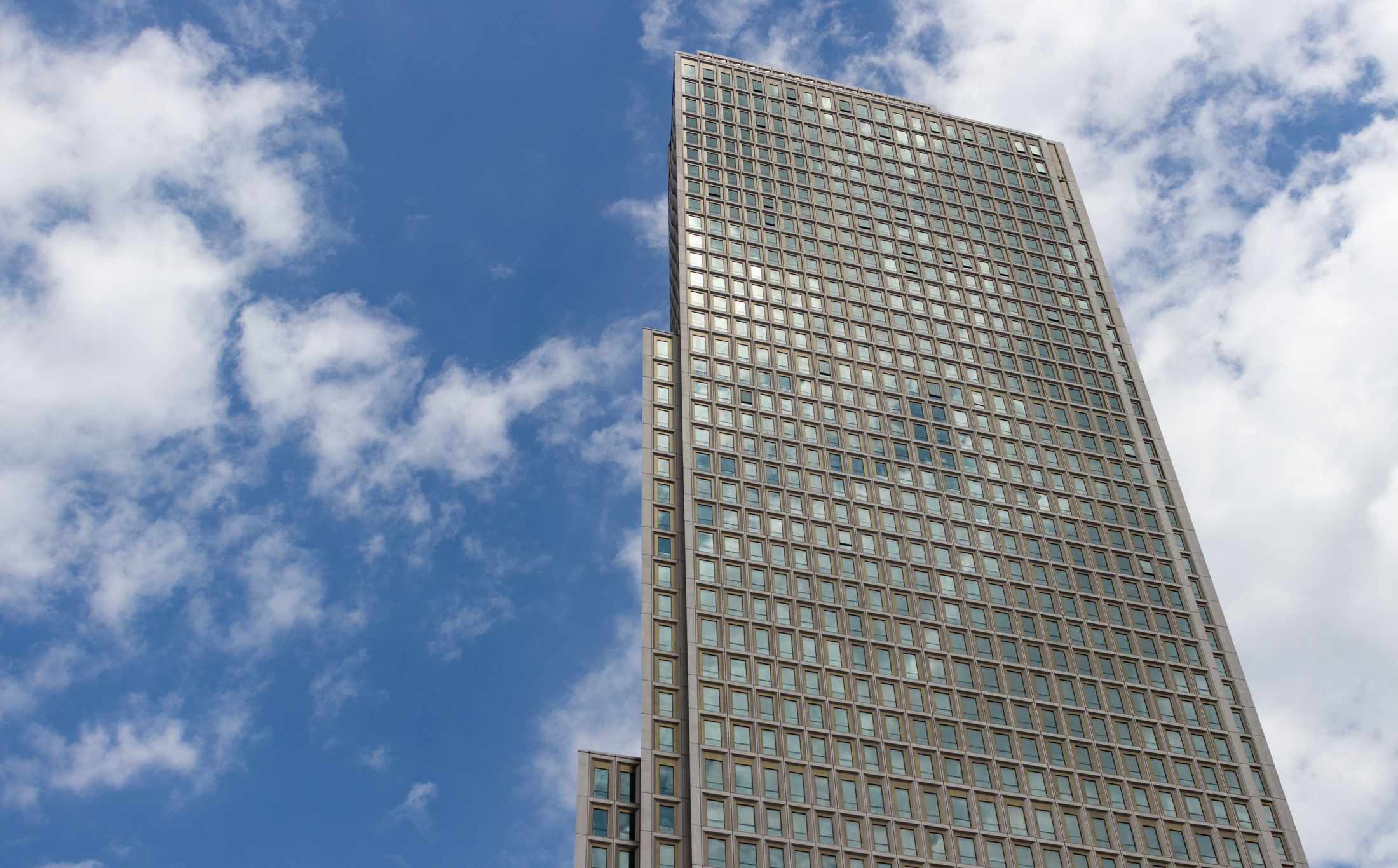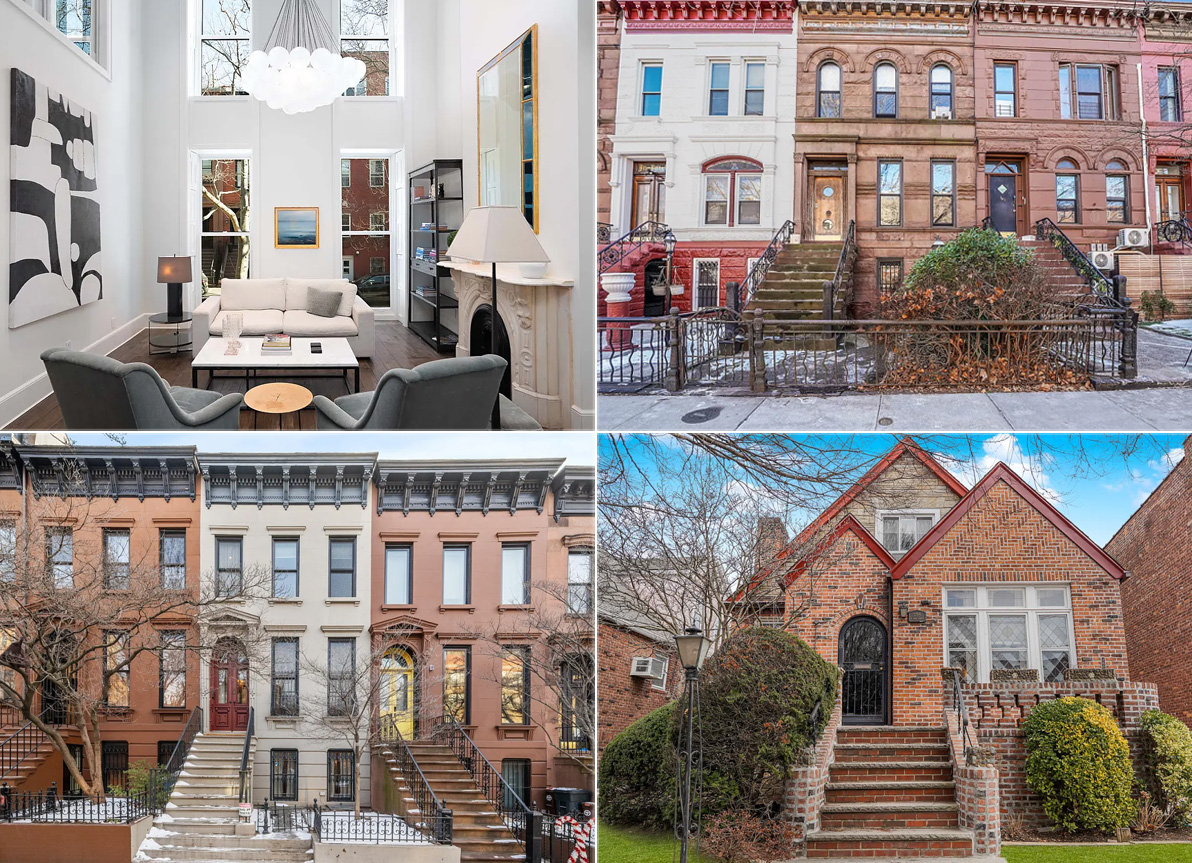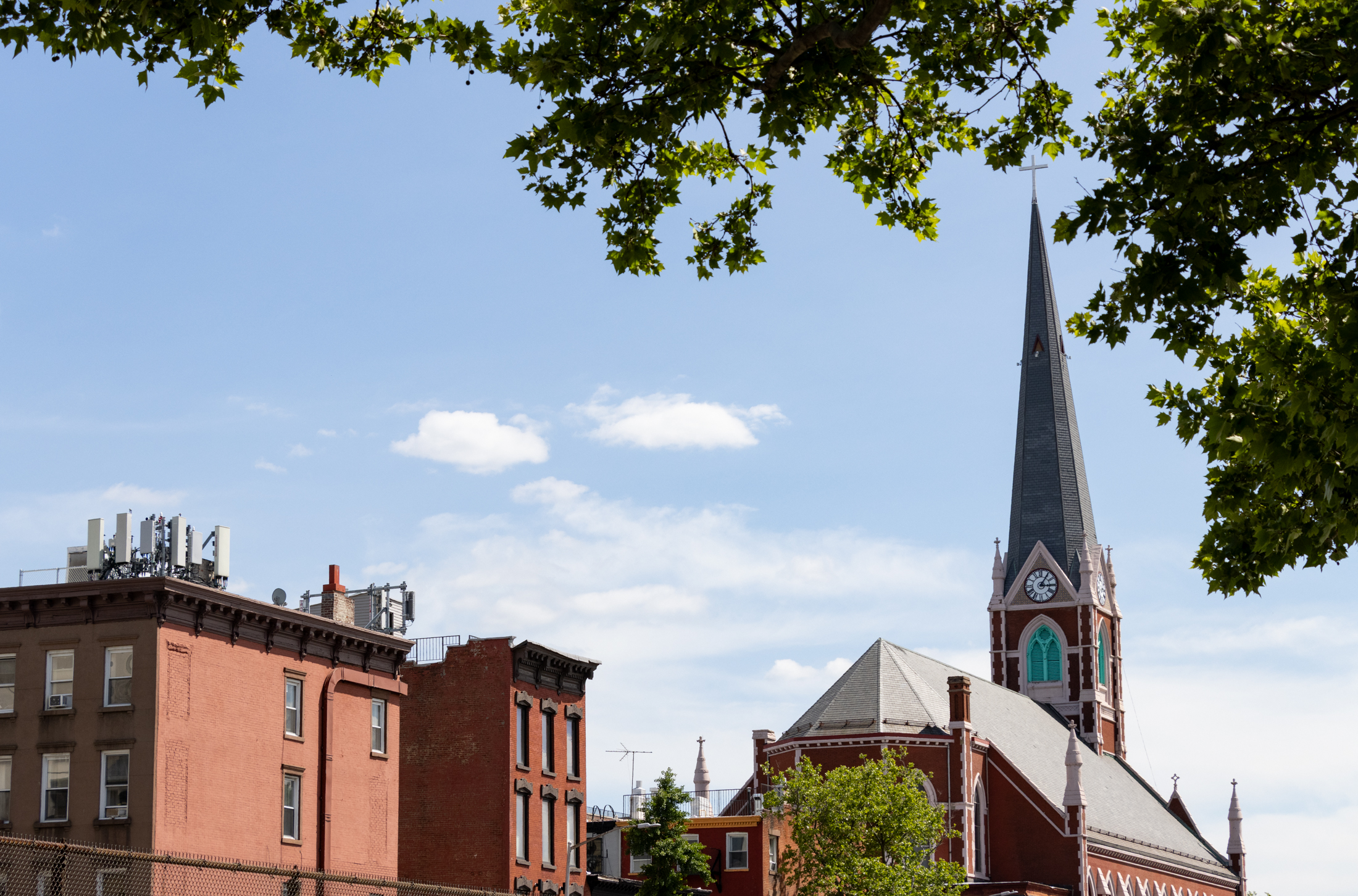Hearing for Lingering Atlantic Yards Case
Atlantic Yards Report has a lengthy piece on yesterday’s hearing in Manhattan Supreme Court on one of the only remaining legal challenges against the mega-project. The main issue yesterday, according to AY Report: “A lawyer for the community coalition BrooklynSpeaks assailed a ‘cover up’ by the Empire State Development Corporation (ESDC) over the legitimacy of…


Atlantic Yards Report has a lengthy piece on yesterday’s hearing in Manhattan Supreme Court on one of the only remaining legal challenges against the mega-project. The main issue yesterday, according to AY Report: “A lawyer for the community coalition BrooklynSpeaks assailed a ‘cover up’ by the Empire State Development Corporation (ESDC) over the legitimacy of the ESDC’s response to a court order requiring it to explain why it didn’t need issue a Supplementary Environmental Impact Statement to study the impact of a potential 25-year buildout.” After hearing from lawyers representing the community groups and the ESDC and Forest City Ratner, the judge “heard a request for a stay on Atlantic Yards construction—a request with the provision that ongoing arena construction could continue—but did not indicate when she’d rule.”
Inconclusive Hearing Over AY Timetable Impacts [AY Report]
Photo from AtlanticYards.com





The argument that AY is destroying neighborhoods has nothing to do with the number of buildings that were handed over through eminent domain and destroyed. Think about the area around MSG or Times Square and compare that to what exists in southern Fort Greene and northern Prospect Heights right now. I will take what exists now in these neighborhoods any day. and forget about construction nuisance – it’s the increased traffic, noise, people etc that will destroy these neighborhoods. The majority of the people living in these neighborhoods don’t want to live around the Madison Square Garden – that’s why they live in Fort Greene or Prospect Heights.
“so, by ‘destroyed a neighborhood,’ you are referring to the residential parts of the grittier northern edge of prospect heights that would have otherwise been gentrified? which is to say, that the project destroyed the ‘neighborhood’ of about 4 buildings?”
No, that’s not what I meant. I was referring to the entire area between Pacific Street and St. Marks Place.
I know, ENY- and I do respect yours too 🙂
Yes it is, bxgrl. And I respect your viewpoint. We just happen to disagree on this. No big deal.
i_disagree- you undercut your entire argument by making up lies about my posts. But that’s fine- since it makes you feel superior. Is your life so bad you really need to do that?
And fyi- there were more than 4 buildings but my whole argument has been about the way AY was rammed through, not the “evils of gentrification.” Please take a remedial course in reading comprehension.
ENY- I’m not the only one who says an up and coming neighborhood was stopped in its tracks. It’s all moot, in any case and what would have eventually happened to the neighborhood, we’ll never know. But I have yet to hear a good argument for the need to juggernaut his way through the area. So it may be ridiculous to you but it isn’t to a whole lot of other people and their take is as legitimate as yours.
I knew several people who lived in the area, any chance that neighborhood had of a further renaissance is now totally gone. In the 25 years it will take for Ratner to complete his project- this would have been a bustling, very viable neighborhood.
**
What on earth are you talking about? What’s wrong with the neighborhood? It IS “viable” and has before and after the start of this project. I lived at 521 Dean Street (right behind the site) from about 1996 to 2002 among some very nice people of all types. They all had jobs and pets and lives and were going about living them. That’s still the case for folks that I know who live in the area. I do recognize that some people and businesses were re-located (and compensated), and not everyone is in favor of the project. But “destroy?” That’s ridiculous.
so, by “destroyed a neighborhood,” you are referring to the residential parts of the grittier northern edge of prospect heights that would have otherwise been gentrified? which is to say, that the project destroyed the “neighborhood” of about 4 buildings? i am not saying this wasn’t significant to the people who lived in those buildings, but i really am not sure this is a great argument against the project’s impacts on brooklyn as a whole. also, it’s a little hard to take this line of argument seriously when it comes from posters who seem to rail against the evils of gentrification when it is discussed in any other context.
also, in my view, energies ought now to be spent on getting protections in place for when the stadium goes live. now is the time to do it, while ratner et. al. are focused elsewhere.
morralkan, the construction stalled is zero tax income. construction on-going, state gets payroll and income tax on the workers and construction firms. when stadium is built, workers will generate payroll and income tax and customers will pay sales tax,…. so to say no tax rev is completely incorrect. the tax rev wont make up the public money given but it’s about gap closure. if the money is effectively gone/spent, we need to think gap closure – ie make the best of the situation (after battle to stop the proj start and to prevent public funding is already lost)
Morralkan;
I was actually suggesting that you take a breather. To equate Ratner with evil is a bit much (as is calling Bloomberg” “Bloomturd”).